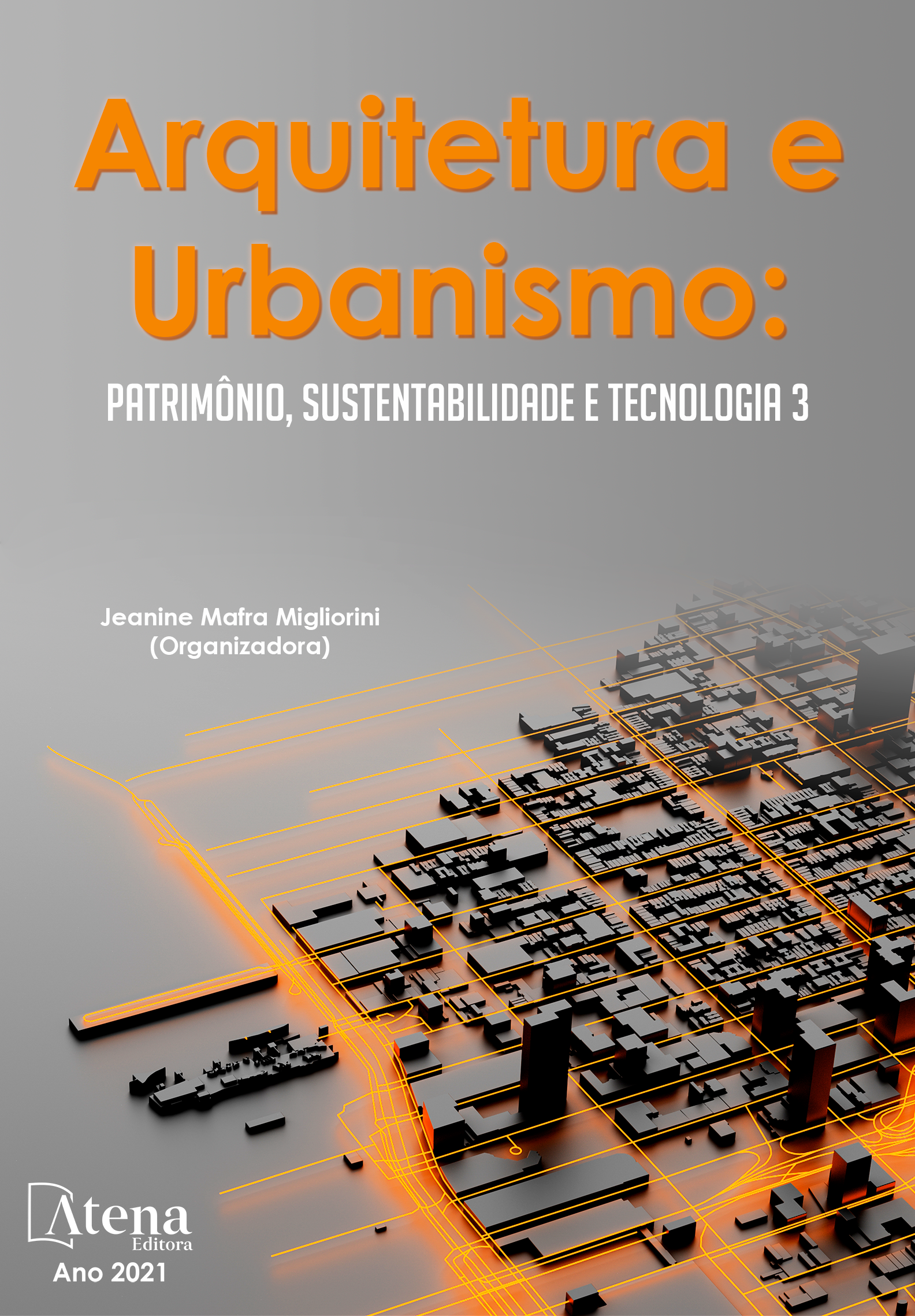
DE FERIDAS URBANAS A CIRURGIAS SUBTERRÂNEAS: Transformações geradas pelo Metrô na cidade do Rio de Janeiro, Brasil
Apesar do Plano Agache (1927-1930) para o Rio de Janeiro e da proposta da Light de um sistema de transportes rápidos (1929), o Metrô só seria implantado a partir de 1966. A primeira fase (1970 a 1998) – aqui considerada “feridas urbanas” - foi executada trazendo grandes transtornos para moradores da cidade: obras demoradas e grandes terrenos desapropriados por causa do sistema construtivo a céu aberto, resultando em espaços residuais no trecho Tijuca – Botafogo. A fase atual (2011 – 2016) – aqui considerada “cirurgias subterrâneas” - faz a ligação Ipanema - Barra da Tijuca, ocupa praças e algumas ruas da cidade; utiliza o sistema de escavação e contenção subterrânea. A pesquisa objetiva analisar as transformações socioespaciais geradas pela implantação do metrô na região da zona sul da cidade, observando o entorno de uma estação da primeira fase e o potencial de transformação de duas estações da atual fase de implantação do sistema.
DE FERIDAS URBANAS A CIRURGIAS SUBTERRÂNEAS: Transformações geradas pelo Metrô na cidade do Rio de Janeiro, Brasil
-
DOI: https://doi.org/10.22533/at.ed.12221160721
-
Palavras-chave: infraestruturas de transporte, metrô, transformações urbanas, transformações socioespaciais
-
Keywords: transport infrastructure, subway, urban transformation, socio-spatial transformations.
-
Abstract:
Despite the Agache Plan (1927-1930) to Rio de Janeiro and Light's proposal for a rapid transport system (1929), the Subway would only be implemented from 1966. The first phase (1970-1998) - here considered "urban wounds" - was performed bringing great inconvenience to city residents: consuming works and large expropriated land because of the construction system in the open air resulted in residual spaces in the stretch Tijuca - Botafogo. The current phase (2011 - 2016) - here considered "underground surgeries" - makes the connection Ipanema - Barra da Tijuca, occupy squares and some city streets; uses the excavation and underground containment system. The research aims to analyze the spatial social transformations generated by the implementation of the subway in the area south of the city, observing the surroundings of one station of the first stage and the potential transformation of two stations of the current system implementation phase.
-
Número de páginas: 23
- Vera Lucia Ferreira Motta Rezende
- Sonia Schlegel Costa


